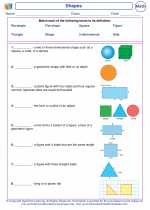Commutative Property
In math, the commutative property refers to the rule that states that the order of the numbers in an addition or multiplication problem does not change the result. This means that when adding or multiplying two or more numbers, you can change the order of the numbers without changing the sum or product.
Commutative Property of Addition
For addition, the commutative property can be expressed as:
a + b = b + a
For example, 2 + 3 is the same as 3 + 2, and both equal 5.
Commutative Property of Multiplication
For multiplication, the commutative property can be expressed as:
a × b = b × a
For example, 2 × 3 is the same as 3 × 2, and both equal 6.
Understanding the commutative property can help first graders solve addition and multiplication problems more easily, as they can rearrange the numbers to make the calculations simpler.
.◂Math Worksheets and Study Guides First Grade. Shapes
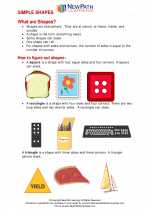
 Activity Lesson
Activity Lesson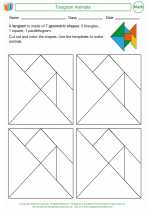
 Activity Lesson
Activity Lesson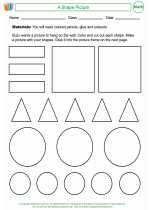
 Worksheet/Answer key
Worksheet/Answer key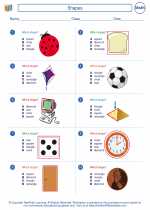
 Worksheet/Answer key
Worksheet/Answer key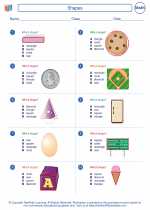
 Worksheet/Answer key
Worksheet/Answer key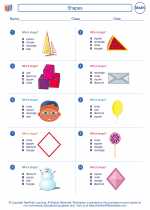
 Worksheet/Answer key
Worksheet/Answer key
 Worksheet/Answer key
Worksheet/Answer key
 Worksheet/Answer key
Worksheet/Answer key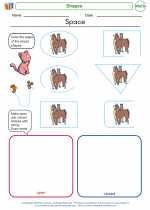
 Worksheet/Answer key
Worksheet/Answer key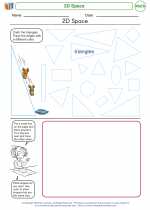
 Worksheet/Answer key
Worksheet/Answer key
 Worksheet/Answer key
Worksheet/Answer key
 Worksheet/Answer key
Worksheet/Answer key
 Worksheet/Answer key
Worksheet/Answer key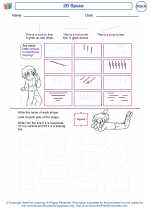
 Worksheet/Answer key
Worksheet/Answer key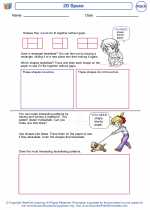
 Vocabulary/Answer key
Vocabulary/Answer key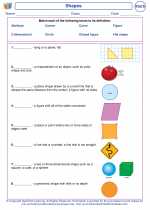
 Vocabulary/Answer key
Vocabulary/Answer key